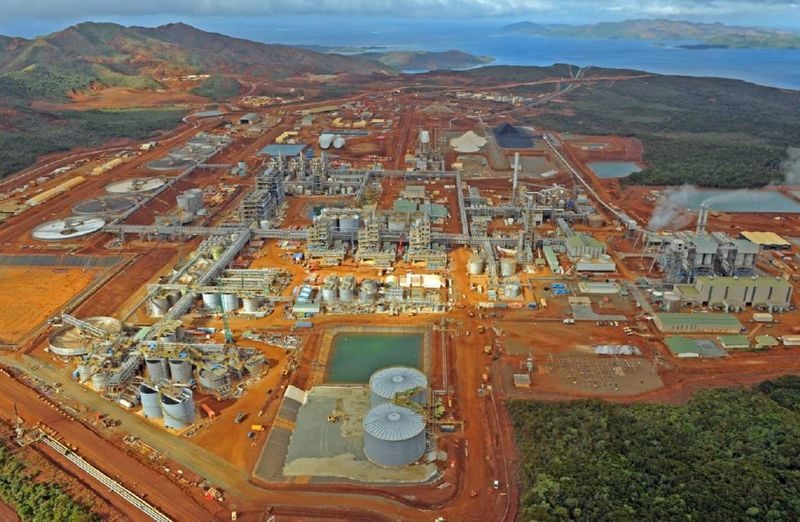
Size reduction is vital in modern waste management. It enhances recycling efficiency. It also advances the circular economy. Breaking down waste into smaller components is crucial. This process recovers resources and reduces virgin material use. It minimizes environmental impact.
Benefits of Size Reduction in Recycling Processes
Size reduction improves material recovery efficiency. Increased surface area facilitates better sorting. It also enhances separation and extraction. Smaller particles are easier to handle and transport. This reduces waste weight and volume. Logistics streamline. Transportation costs cut. Waste management systems become more efficient. Increased surface area aids sorting and separation. This obtains higher-quality recycled materials. Uniform materials are essential. These materials create valuable secondary raw materials. Processing smaller particles requires less energy. This lowers the environmental footprint of recycling. Uniform sizes allow efficient resource extraction. Economic viability of recycling efforts improves.
Key Technologies in Size Reduction
Four main categories of size reduction technologies exist. Each is designed for different recycling stages. Dual-shaft shredders handle large and mixed waste. They process tires, municipal solid waste, and electronic waste. They also handle metals, plastics, and wood. Output sizes range from 50 mm to 150 mm. Single-shaft shredders refine pre-shredded material. They process tires, electronics, and cables. Output particle sizes range from 20 mm to 80 mm. Granulators reduce pre-shredded materials into finer particles. Sizes range from 1 mm to 4 mm. Screen size determines the output. Hammer mills process granulated materials into powder. This fine reduction enhances material liberation. It improves subsequent recycling steps.
Foundation for the Circular Economy
Size reduction is a critical first step. It supports effective waste management. It also supports the transition to a circular economy. Companies like Fornnax Technology lead with innovative recycling equipment. Shredders and granulators set new standards. They promote sustainable waste processing. These advancements pave the path for recycling’s central role. They reduce dependence on virgin resources. They promote environmental sustainability.











Leave a Reply
You must be logged in to post a comment.